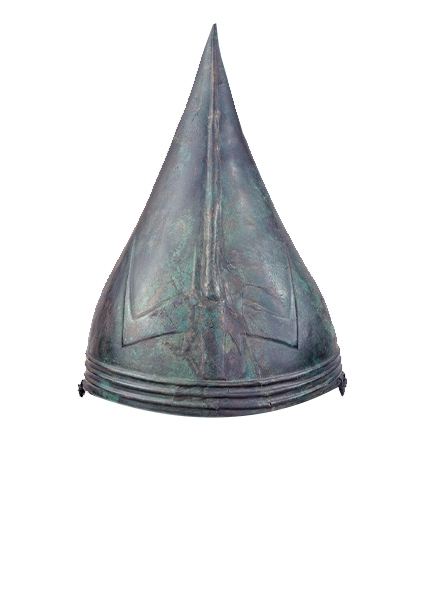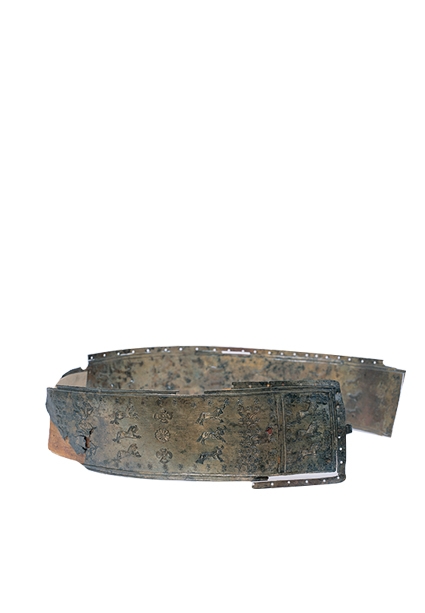For Urartians, the definition of the largest mining community of the Near East is made. During the surveys, iron mines and processing workshops, which were determined in many points of Eastern Anatolia, were attributed to Urartians. However, this information, which is based solely on surveys, appears to be quite assertive evidence to enable this definition to be made. Despite the large number of alleged mines, no metalworking workshops or plants in the Urartian settlements were detected during archaeological excavations. However, it is necessary not to ignore the fact that the archaeological excavations are mostly focused on the citadels and the royal spaces. Possible workshops and mine plants should probably be located far away from the royal places in the lower cities.
Their skills in architecture and in art of rock processing indicate that they have moved to an industrial stage, particularly in the production of metal tools. Today, the quality of the architecture in the settlements, which are spreading in Urartu geography, shows the development of metal tool usage. Some of the achievements of the Urartians in the field of architecture, which they are most competent in, are sometimes attributed to their mastery in producing tools. The processing of very hard rocks such as basalt was undoubtedly made possible by the presence of iron tools.
Although there are no mines or processing workshops, more illicit diggings and artifactsfrom bronze and iron, which have been found out since today from archaeological excavations, prove craftsmanship of Urartu in the metal working.
Guns and tools made of iron, war-guns made of bronze and jewelery samples reflect a remarkable workmanship. The ornamental buckets with cuneiform made of bronze, horse harnesses, shields, helmets, weapons, jewelries, bows, furniture parts and bowls reflect a highly developed aesthetic conception, technique and workmanship. These examples give many clues about the social, religious and economic life of Urartu with their depictions.




